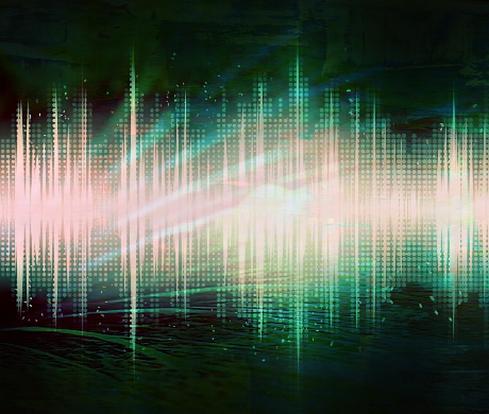Unified communications refers to the evolving set of technologies that automate and unify human and device communications in a common context and experience. It’s intended to optimize business processes and enhance human communications and collaboration by reducing latency, managing flows, and eliminating device and media dependencies.
But no matter what technologies are used -- whether PCs, Macs, tablets, smartphones, or conference phones -- consistent audio quality is the common denominator for effective collaboration. Without high audibility of the spoken word, it’s like someone throwing sand in the gears of collaboration.
I recently reviewed some of the audio specifications for various speakerphones and couldn’t help but think that the marketing teams at these companies may have been a little overly optimistic with their numbers. As a result, I thought it might be helpful to provide a quick tutorial on how audio travels in space and what is possible and what is a bit optimistic.
Describing voice sounds can be complicated, so I’ll simplify many of the more complex real-world issues like reverb, absorption, and different frequencies. Let’s start with the basics.
As sound (voice) travels through air, it loses 6 decibels of intensity each time it doubles its distance from the source. In other words, if a speaker is talking at a 90-dB level as measured at one foot away, the level would be 84 dB at two feet, 78 dB at four feet, etc. So, what does that mean? Well, a typical human speaks at around 70 dB (measured at one foot); 90 dB is equivalent to screaming.
Given a baseline of 70 dB for the speaker, it’s important to take other sounds in the room into account. When office air conditioner units are running, they produce about 45 dB, which is significantly lower than the level of the speech in the room, but still noticeable. For comparison, an anechoic chamber typically has a noise floor of less than 20 dB. I can tell you from experience how weird it is to be in a room that quiet, but it’s something you will never encounter in the real world.
A variable known as the ANL (acceptable noise level) is used to find out how much noise is tolerable; it was tested on humans to find where they are comfortable listening to speech with noise in the background. This is critical to determining the success or failure of hearing aids. The range of ANL is 7 13 dB; that is, the noise needs to be from 7dB to 13dB below the level of the speech to avoid having an impact on the intelligibility of the speech. ANL is expressed as a range because individuals can handle different levels. For the purpose of discussion, let’s use 7 dB as a target.
Putting these two variables together, it’s important that the speaker level at the microphone be higher than the noise in the room, which is a pretty basic goal. This means the person speaking at 70 dB needs to be close enough to the microphone so that when his or her voice reaches the microphone, it's higher than 43 dB (plus 7db for ANL). Therefore, microphone pickup distance can be calculated as:
Microphone range feet = 2**[((speaker level)dB -- (noise level + ANL)dB)/6dB]
When this equation is combined with the aforementioned speaker, noise, and ANL numbers, this is the result:
Microphone pickup range = 2**[(70-(43 +7))/6] = 2**(3.33) = 10.7 feet. (This assumes a direct path from the speaker to the microphone.)
This result assumes that everyone is speaking at or higher than 70 dB and that the room is relatively quiet. As speakers talk more softly or turn away from the microphone and/or the room noise gets louder, the requirement to be closer to the microphone starts to come into play and the ever-so-often “I cannot hear you” comes from the other side.
How do these numbers compare to specifications for speakerphones currently on the market? One of most popular speakerphones specifies a 20-foot microphone pickup; this is twice the distance our calculation indicates. To be fair, the use of algorithms like noise suppression (NS) and automatic gain control (AGC) can significantly increase the pickup range, but doubling it is not realistic. Although the speakerphone provider doesn't outline the assumptions on which this pickup distance is based, either it has very loud talkers or extremely quiet rooms; if it is the former, I am not sure I want to spend much time around them.
I hope this gives you the background you need to determine if the specifications you see are within reason for the application in which you are deploying UC speakerphones.









